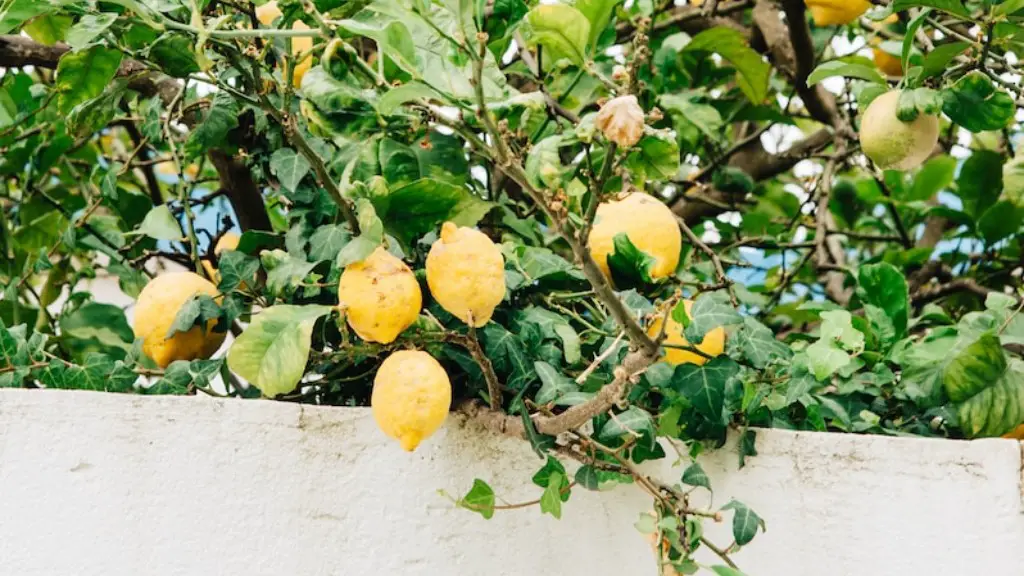Introduction
Avocado trees are among the most popular fruit trees grown in home gardens and commercial orchards. They are native to tropical and warm-temperate climates and produce a wide variety of fruits which have become widely coveted in the last few years. The size of an avocado tree can range greatly depending on the variety, the climate, and the growing environment. Avocados are known to be drought tolerant, but there are still important details to consider when considering tree size as part of your gardening plans.
How do Avocado Trees Grow?
Avocado trees can range in size from small and shrubby to large and spreading. The size of an avocado tree can vary depending on the variety, the climate and the growing environment. The roots and canopy of the tree will determine the overall size of the tree and the mature height and spread of the canopy can vary according to the variety of avocado tree and the environment. The more tropical varieties, such as the Hass, can reach heights of up to 30 feet, while more temperate varieties, such as the Pinkerton, will stay smaller and more shrubby, with a typical mature height of 12 feet.
Environmental Factors
Avocado trees thrive in warm, sunny climates that provide plenty of direct sunlight, but can also tolerate light shade. Plants that are given too much shade tend to become spindly and leafless and will not reach their full potential in size. Yearly rainfall should be evenly distributed over the entire year and can range from 20-40 inches, depending on the variety and the climate. Soil should be well-draining and rich in organic matter.
Pruning and Maintenance
Trees should be pruned each year to maintain size and shape. Pruning helps to keep the trees balanced and healthy and encourages vigorous new growth which can help to control the size. Pruning should start early in the season and should focus on removing weak and crossing branches. Light, frequent pruning is preferable to more severe pruning, which can inhibit the growth of the tree.
Fertilizing
Avocado trees need adequate amounts of nitrogen, phosphorus and potassium to reach their full potential in size and fruit production. Fertilizers should be applied in the spring when the trees have broken dormancy and can be applied annually throughout the growing season.
How Much Room Do they Need?
Avocado trees require significant room to grow and spread without becoming overly crowded. This makes selecting an appropriate location for the tree very important. For smaller varieties, it is recommended to look for an area with at least 10 feet of clearance for the canopy to spread out and for larger varieties, look for an area with at least 15-20 feet of space.
Soil Preparation and Planting
When selecting a location for an avocado tree, it is important to take into account the soil type and drainage. Avocado trees need well-draining soil and will not tolerate standing water. The soil should also be slightly acidic and amended with a combination of compost and organic matter such as manure or peat moss.
Irrigation and Mulching
Avocado trees are drought tolerant, but will thrive if given consistent irrigation, especially in the first few years of growth. Supplemental irrigation should be applied during dry periods or if rainfall is insufficient. Mulching is also beneficial for avocado trees as it helps to retain moisture, suppress weeds, and keep the tree’s roots cooler in hot weather.
Conclusion
The size of an avocado tree can vary greatly based on the variety, the climate, and the growing environment. Proper soil preparation and regular irrigation and mulching are key factors to consider when growing an avocado tree, as these can have a significant impact on the health and size of the tree. Proper pruning and fertilizing will also help to ensure that the tree reaches its maximum potential and provides a bountiful harvest of avocados.

